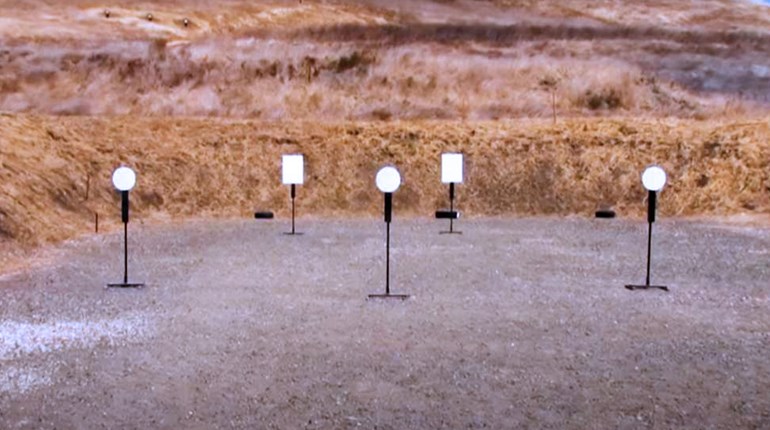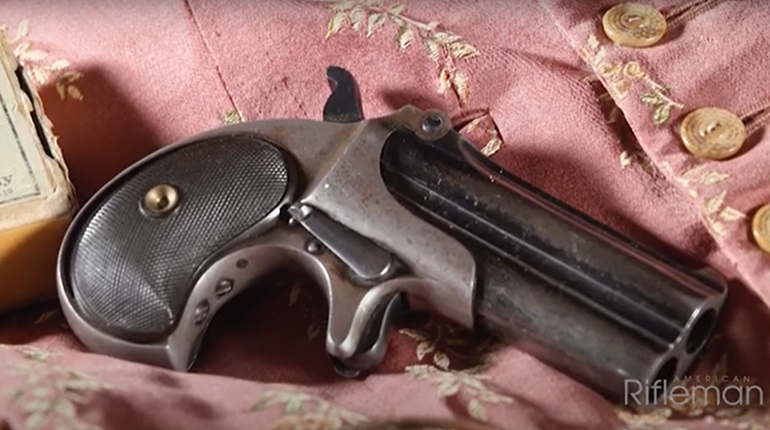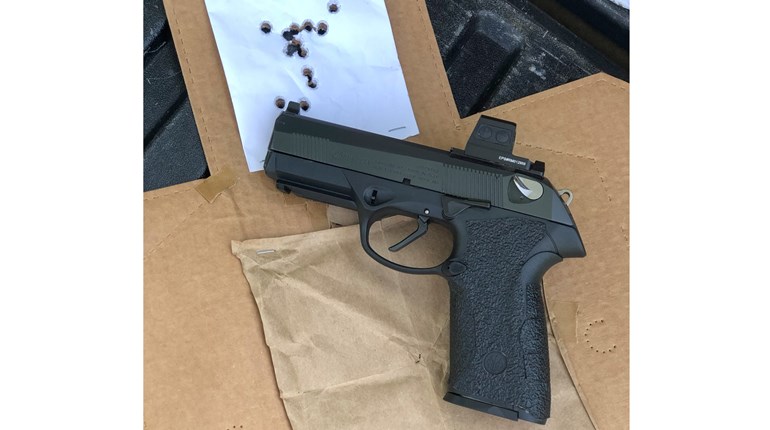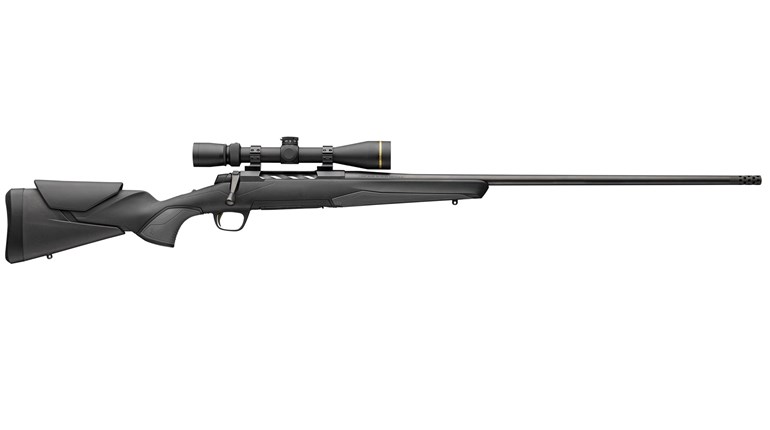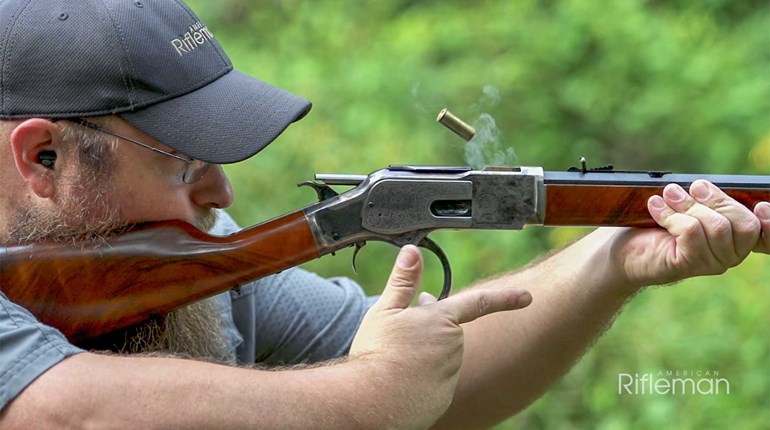
Tradition plays a large part in any type of sport hunting, but particularly formal fox hunting. The sport began in England during the sixteenth century as a way for farmers to control the number of foxes and other small predators that were destroying their livestock, such as chickens, ducks, and geese.
“The tradition was then brought to America shortly after the first colonists arrived,” said Sally Crane Cox, one of four Masters of Foxhounds for the Rocky Fork Headley Hunt club located near Gahanna, Ohio, a suburb of Columbus. Two of those most enthusiastic early fox hunters were George Washington and Thomas Jefferson, who both kept a large pack of foxhounds on their estates before and after the Revolutionary War.
Headley Hunt members have been following hounds on horseback annually for a solid century, the club having been established in 1925. I had the good fortune of attending one of their hunts in early November last fall. The club hunts two to three times per week, mid-August through mid-April, which amounts to about 40 hunts per year.
The day began in early morning with riders arriving, all driving spotless, late-model four-wheel-drive pickup trucks pulling large horse trailers. Once the horses were unloaded, meticulously groomed and saddled, the 25 or so riders and horses gathered at a paddock. The riders—more women than men—all sported black riding helmets, either red or black wool riding jackets, white pants, and black, knee-length leather riding boots.
Sally Crane Cox then blew on a short, brass hunting horn and the foxhounds were released from the kennel a couple hundred yards away. Tethered together in pairs, an older, experienced dog with a younger, inexperienced hound, the pack sprinted down the hill toward the paddock. I asked an onlooker standing near me why the dogs were tied together, and was told it was so the younger dogs would not run off and begin hunting too soon. There was still an hour’s pageantry to come before the actual hunting would begin.
Next, a bagpipe began to blare, the riders and their horses falling in line single-file behind a kilted piper on foot leading them to a nearby pasture. Once there, the riders formed their horses into a large circle in preparation for the annual Blessing of the Hounds; a ceremony which included blessing the riders, individually, as well. Finally, topped off with a toast sipped from silver cups served on silver trays, the riders were now ready to hunt. The bellowing hounds had been ready long before.
“During a typical hunt, we’ll use a pack of anywhere from nine to 15 hounds,” said Cox. “We maintain about 40 hounds in our kennel. In Virginia, by comparison, where fox hunting is hugely popular, hunt clubs may use as many as 60 hounds at a time, followed by just as many mounted riders. We’ve also had as many as 60 riders attend our club hunts, but the average is more like a dozen.”
Cox went on to explain the roles of the various riders. “The huntsman carries the hunting horn, using it to direct the hunt by signaling both the riders and hounds,” she said. “Whippers-in stay on the periphery of the chase to keep the dogs from crossing roads. Three groups of other riders, called ‘fields,’ follow the hounds.
“The lead group or field consists of the more experienced riders who walk, trot, canter, gallop, and jump obstacles with their horses,” she said. “The second field, made up of less experienced riders, walk, trot, and canter. The third field, those people who are just learning the sport, such as kids, as well as senior riders, only walk or trot their horses.”
The horses themselves are either thoroughbreds or thoroughbreds that have been crossed with draft horses. The crossing produces a horse that is heavier than a thoroughbred, but more sure-footed. The downside of the hybrid is that the horse has less stamina than the thoroughbred. It comes down to rider preference.
The foxhounds, which are not small dogs—males can weigh 100 pounds or more—are trained to track and chase both foxes and coyotes. “Red foxes tend to run in a large circle when pursued,” Cox said. “Coyotes, on the other hand, tend to run more of a straight line, quickly moving out of the hunt area. A typical chase or ‘run’ as we call it, lasts about 20 minutes or until the fox goes underground into a den. The foxhounds are trained as puppies to then return to the riders when they hear a loud blast on the hunting horn. Foxes are no longer killed in modern-day fox hunting—it’s all about the chase and the tradition.”
Asked what she enjoys most about the sport of fox hunting, Cox said that it is “ ... so exhilarating and exciting. But it can also be exhausting, as our hunts last two to three hours, which is a long time to stay in the saddle, so you have to be in good physical shape. I also enjoy the camaraderie of others who share the love of horses, hounds, and just being out in nature … it’s really magical.”
Traditional fox hunting is slowly fading away in America, the Headley Hunt being the last of four such clubs that once existed in Ohio. Throughout the U.S. and Canada there are currently just over 100 traditional fox hunting groups remaining. The reasons for the decline are many: shrinking hunting lands, rising costs, the time demands of modern life, and the controversy surrounding the sport. For instance, fox hunting was outlawed in England and Wales in 2005. It had already been banned in Scotland in 2002.
But last November, at least for a few hours, I was fortunate to experience firsthand some of the sights, sounds, and yes, smells of early colonial America through the pageantry and tradition of modern-day fox hunting. It was a very special autumn day I will never forget. And as Sally Crane Cox so accurately describes, it was magical.



























